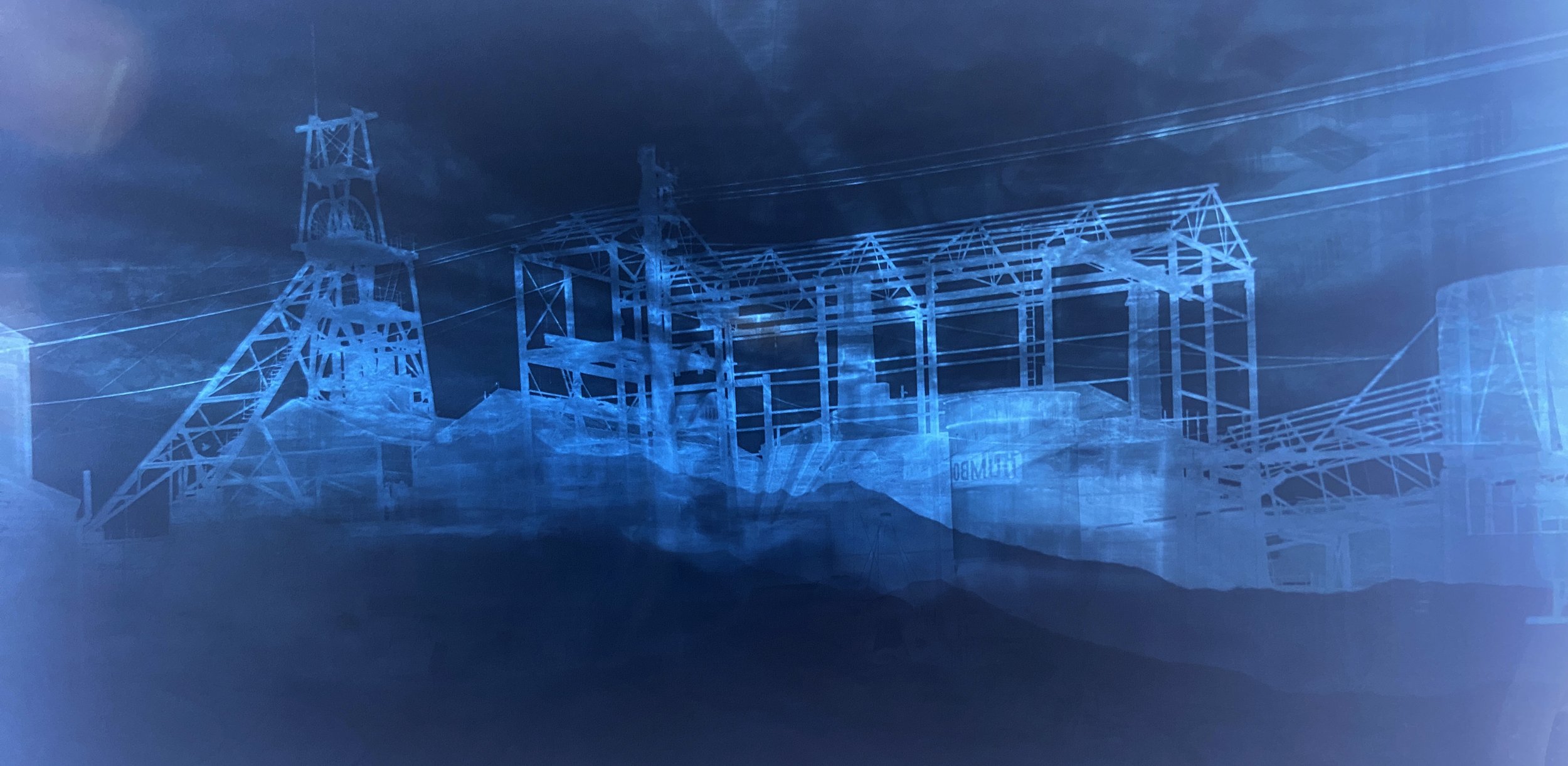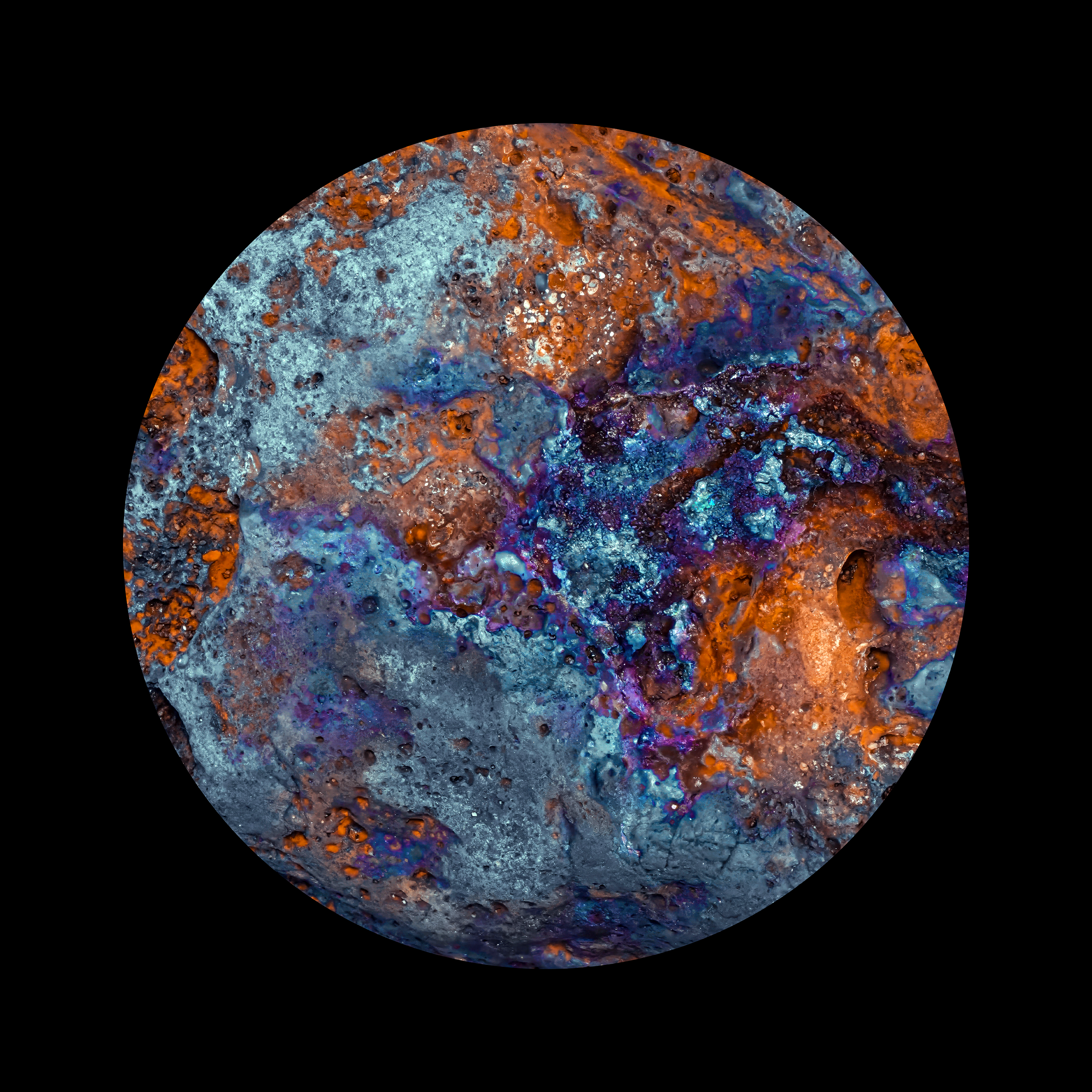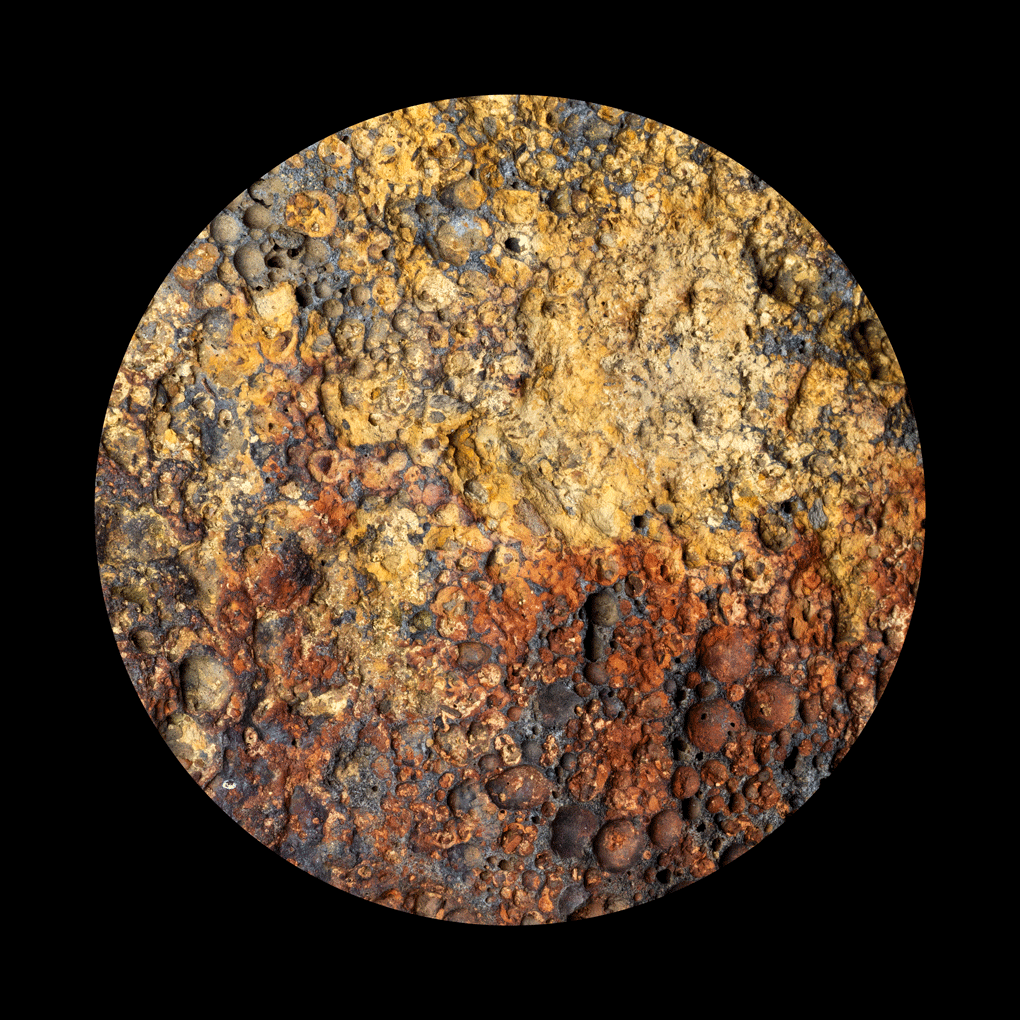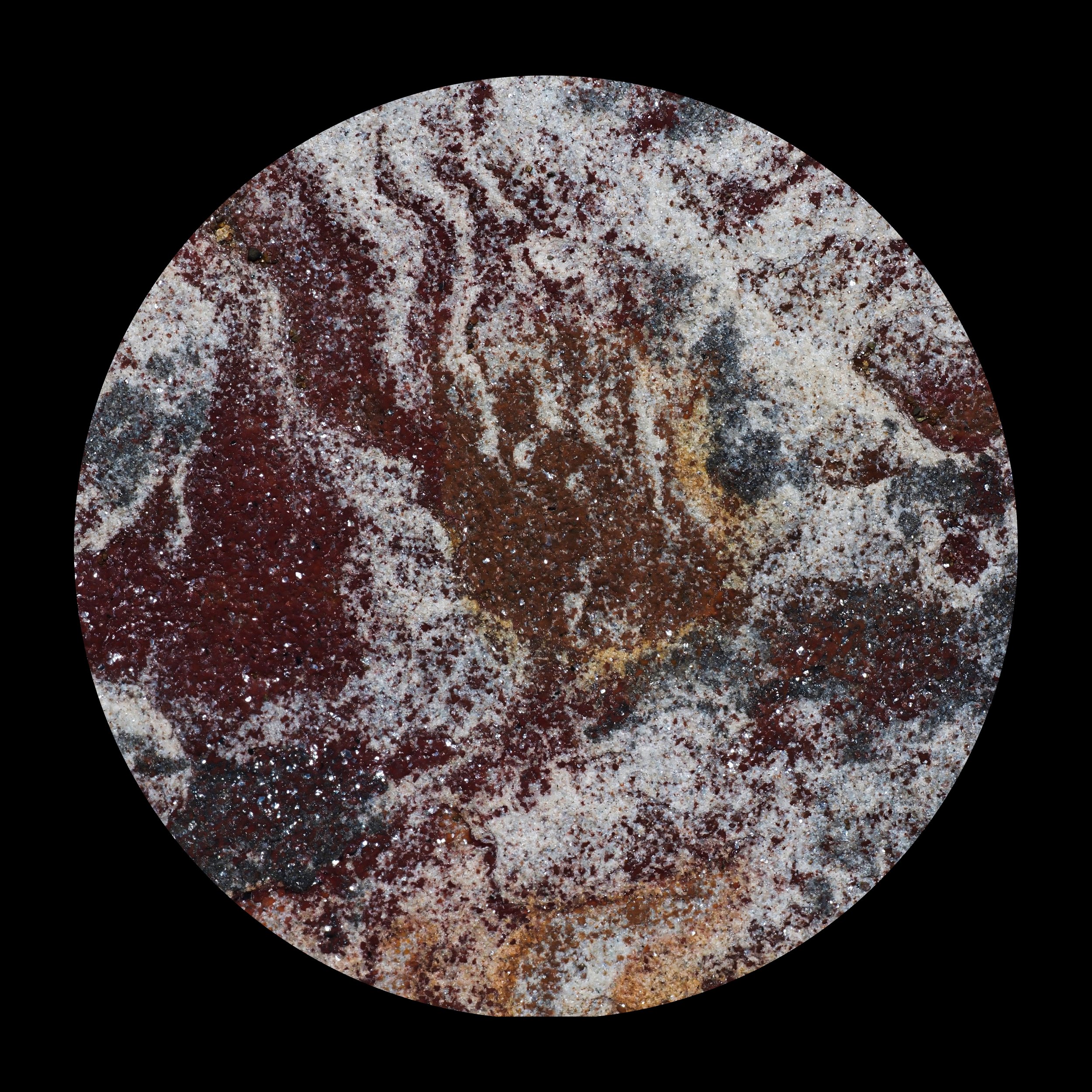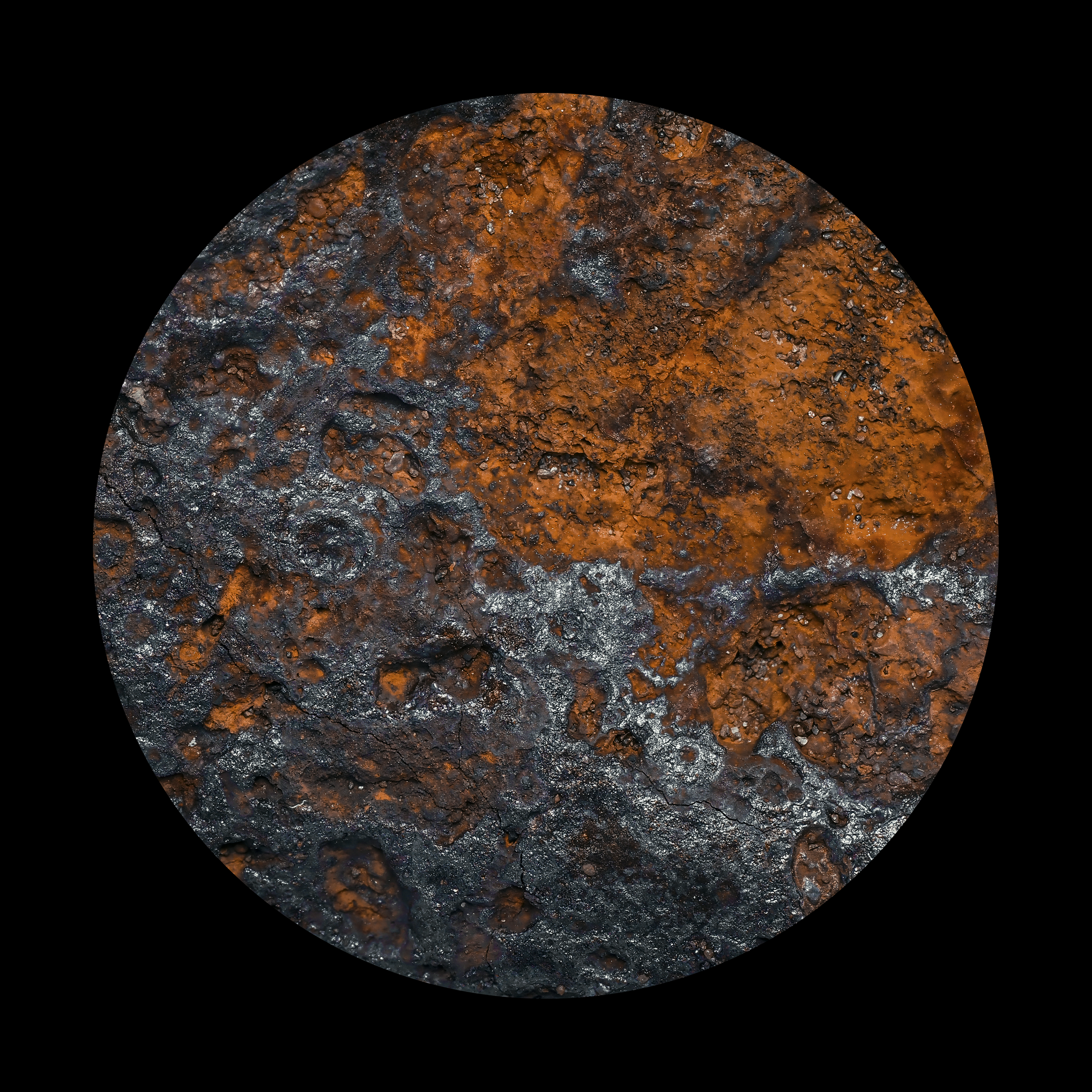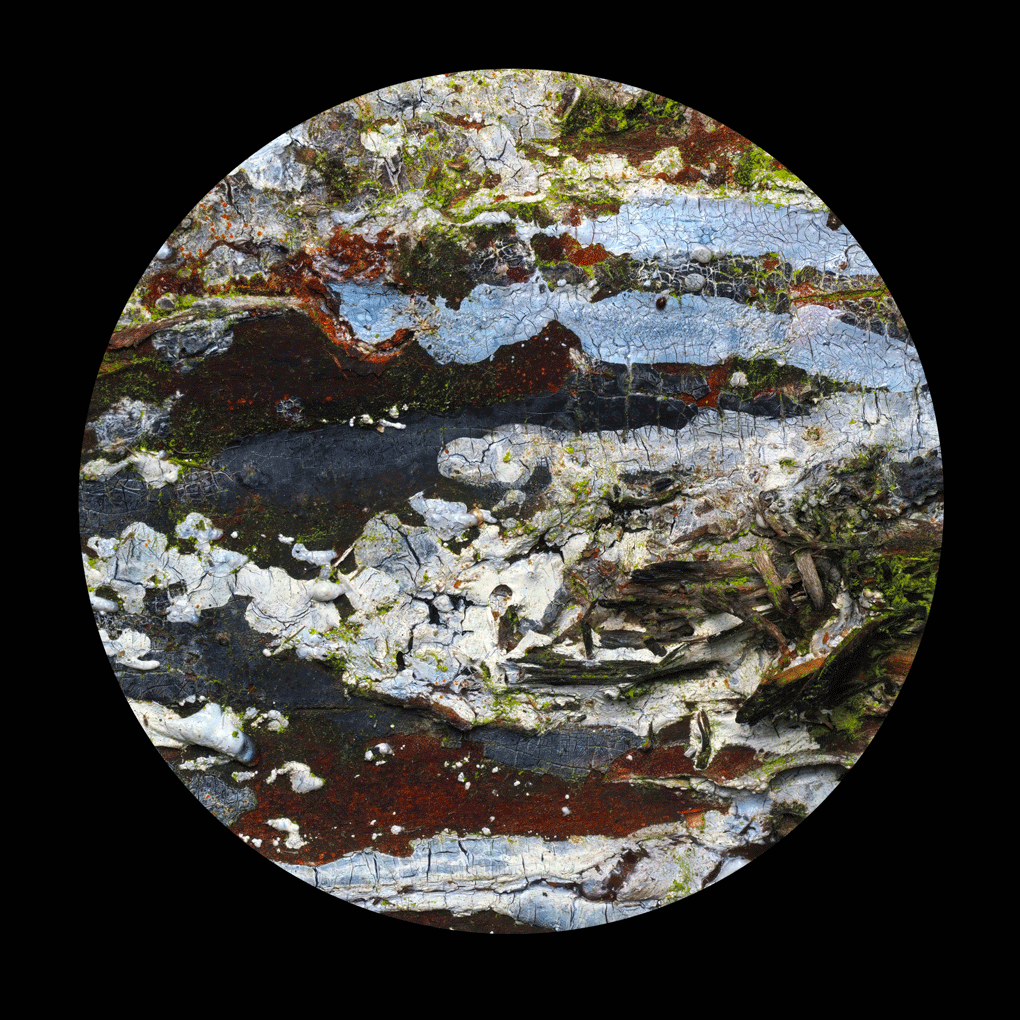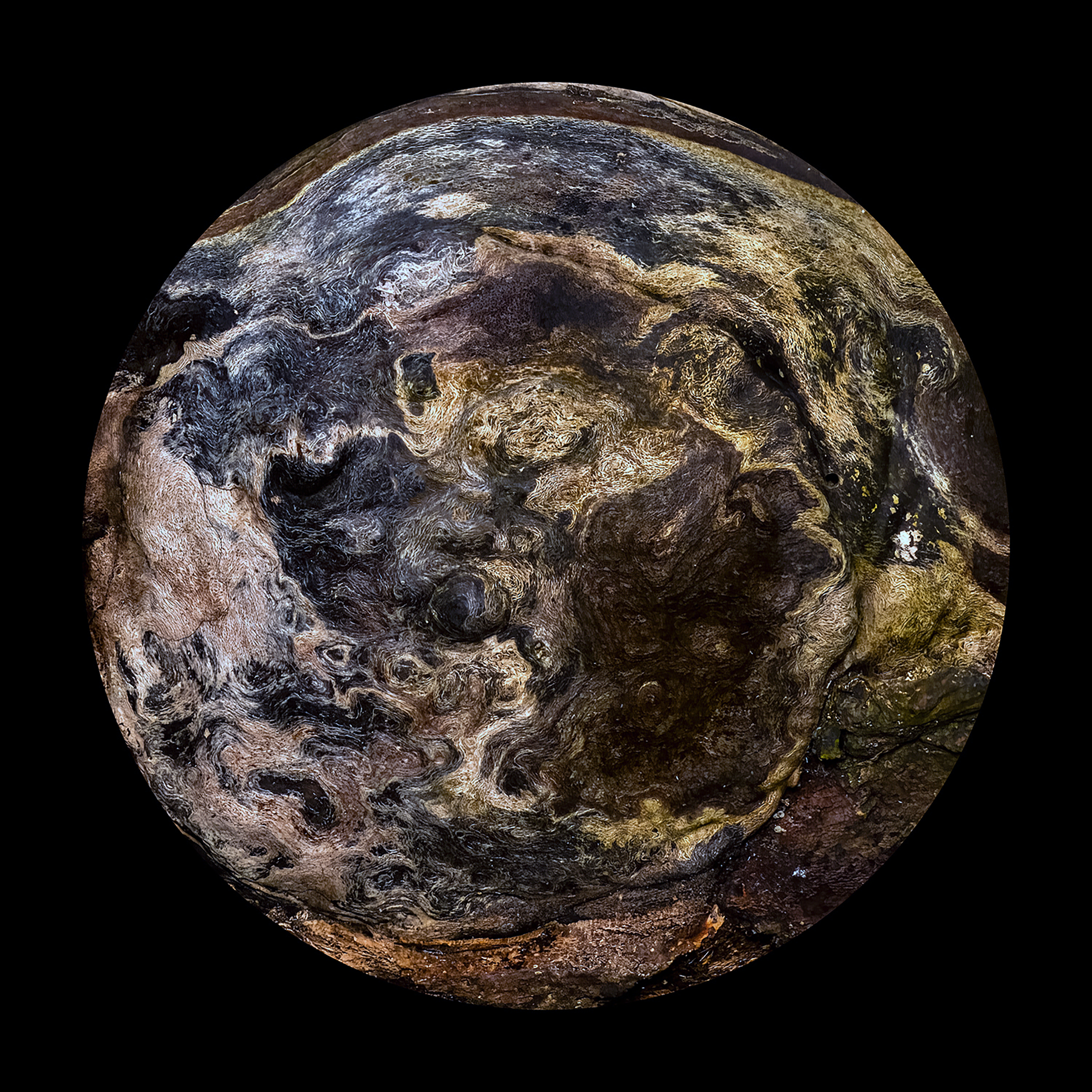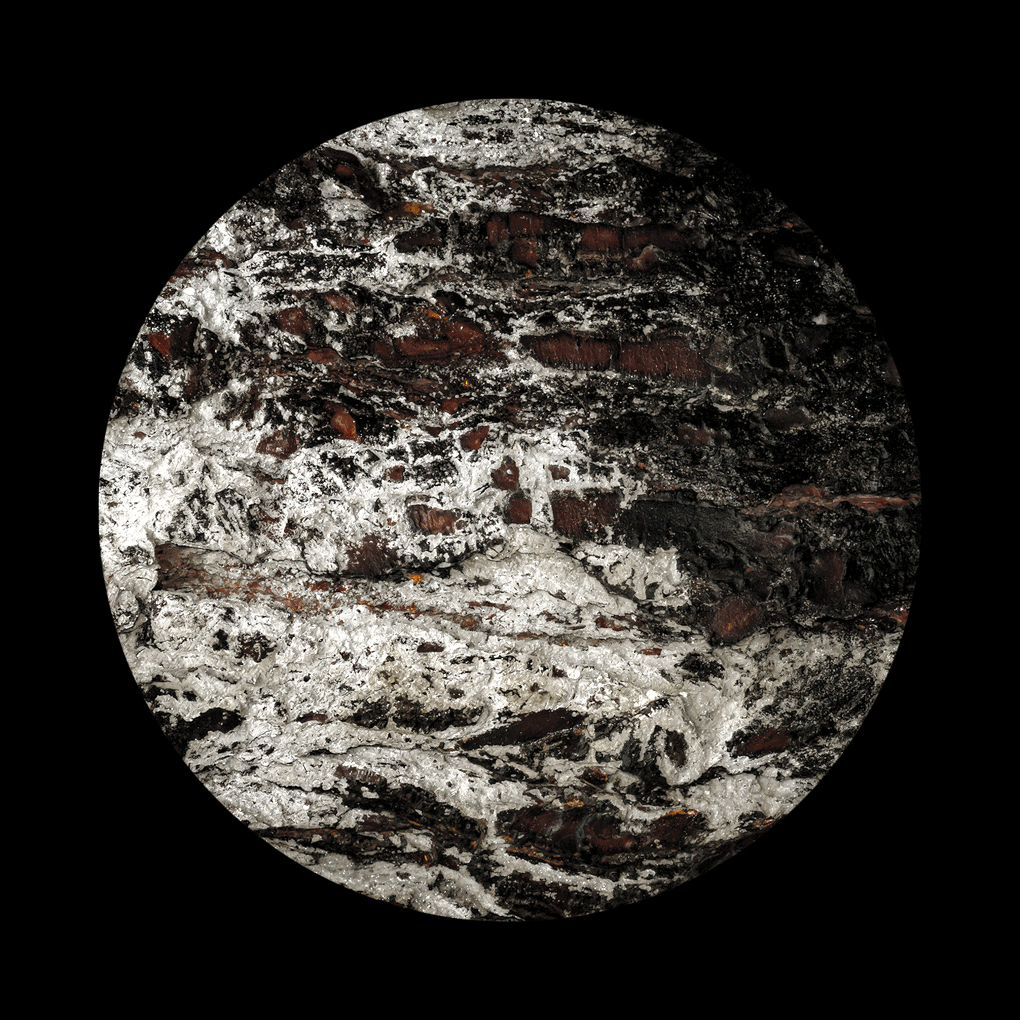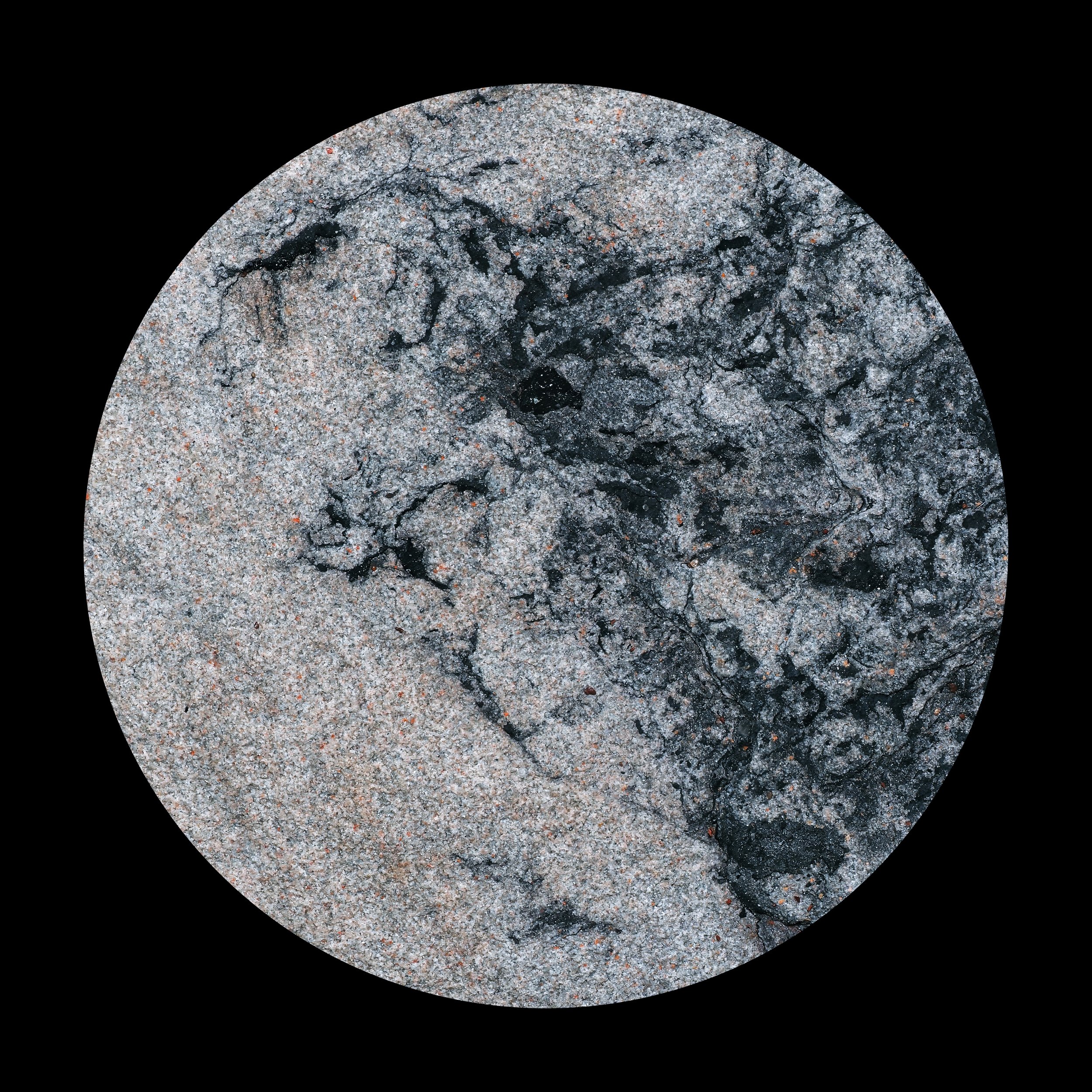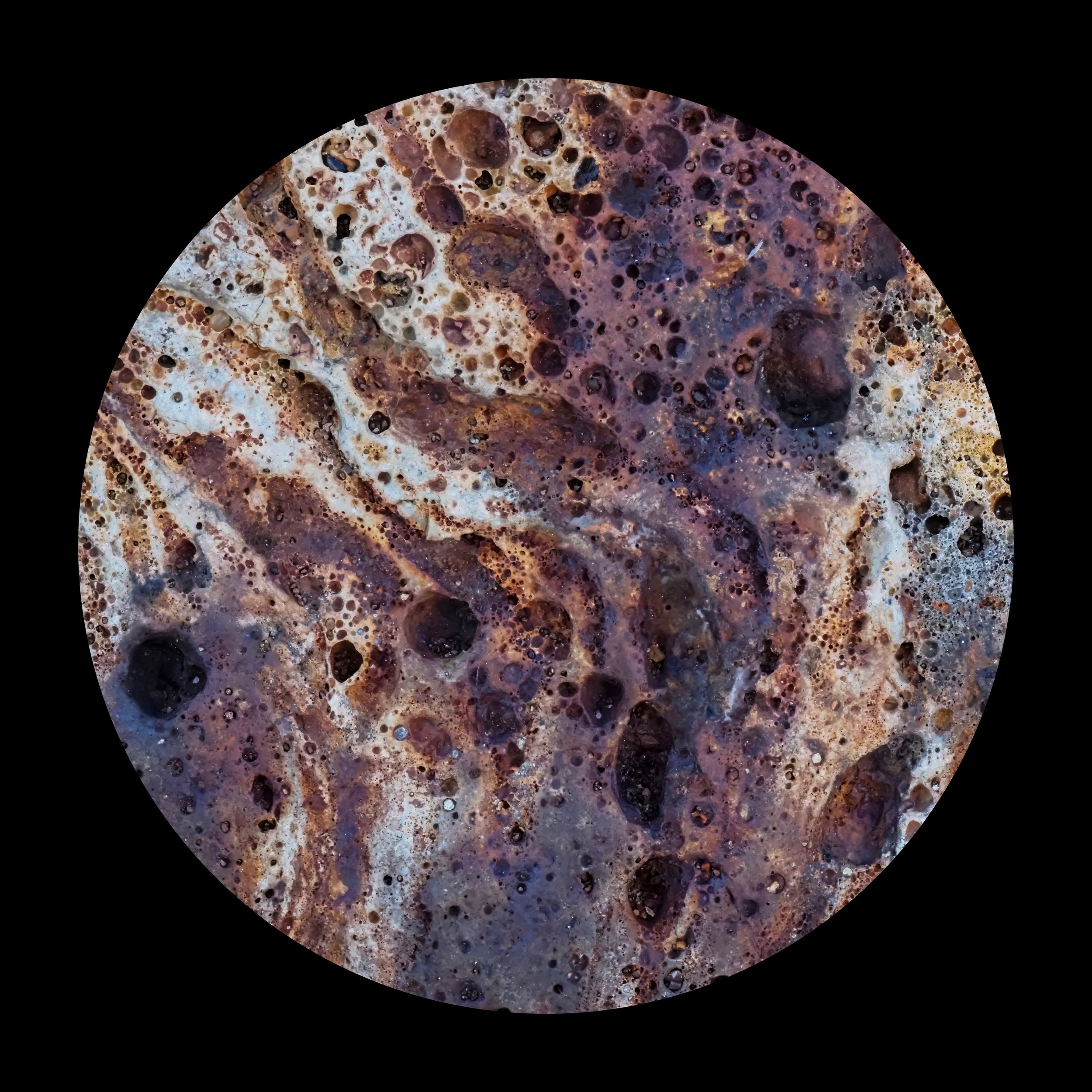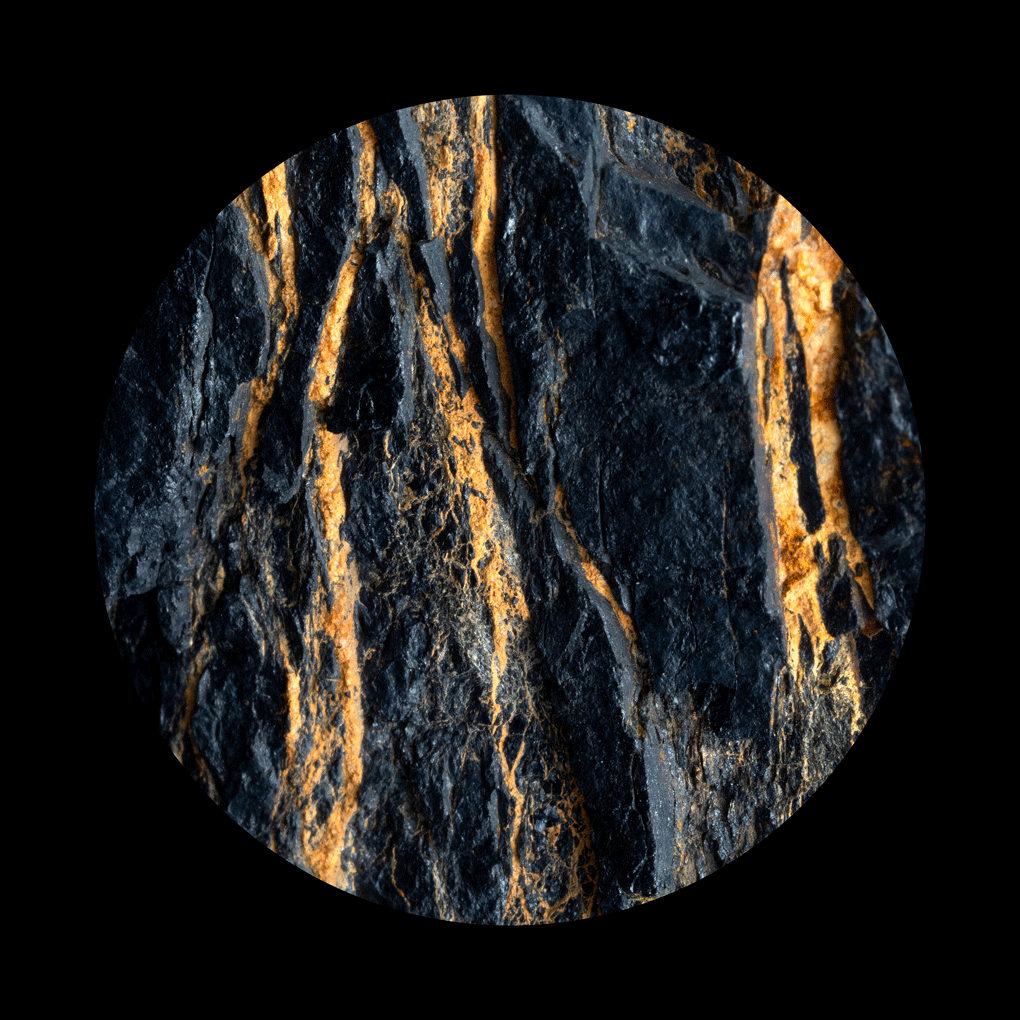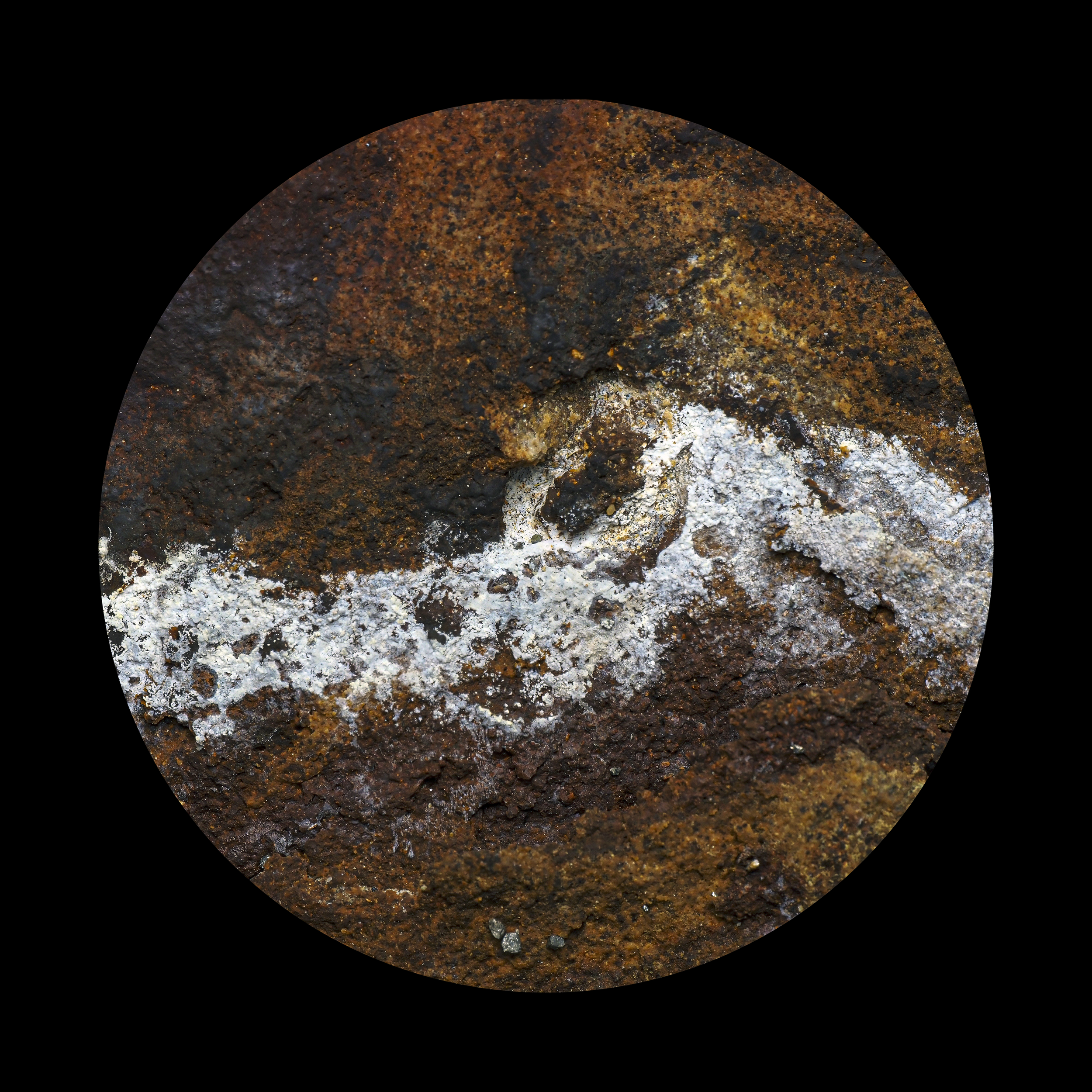Traces
In these post-industrial landscapes, history is written in stone - visible signatures of our industrial past - not just as scars upon the land but as complex chemical narratives encoded in mineral form. Each image reveals how human intervention has fundamentally altered these landscapes at a molecular level.
The rocks and stones I photograph carry industrial memory in their very chemistry. Blast patterns from dynamite remain frozen in crystalline structures, and their violent moments of transformation are preserved like geological photographs. Mineral seams exposed to air have oxidized into unexpected colours - blues, oranges, and purples that speak of chemical changes accelerated by human activity. At Blast Beach, rocks that once lay deep underground now rest at the tide's edge, their surfaces permanently altered by their journey through industrial processes.
These traces are not just records of damage, but evidence of the profound impact of human activity on geological time. The same forces that compressed ancient forests into coal seams have been dramatically accelerated and altered by industrial processes. What would have taken millions of years to achieve naturally has been compressed into decades of human activity, creating new forms of stone that tell stories of both geological and industrial time.
On former colliery sites, these altered stones lie alongside more deliberate markers of mining heritage - concrete foundations, structures remnants, and industrial archaeology fragments. However, it is often the less apparent traces that speak most eloquently of transformation: how certain minerals have been changed by exposure to industrial chemicals, how rock structures have been stressed and fractured, how the very chemistry of stone has been rewritten by human intervention.
These photographs reveal how industrial heritage is not just preserved in museums and memories, but is literally written into the landscape itself. Each altered stone, each chemical transformation, and each blast pattern preserves a moment when the human industrial force met geological reality. They remind us that even as nature reclaims these spaces, the marks of our industrial past remain - not just as surface scars but as fundamental changes to the substance of the land itself.
